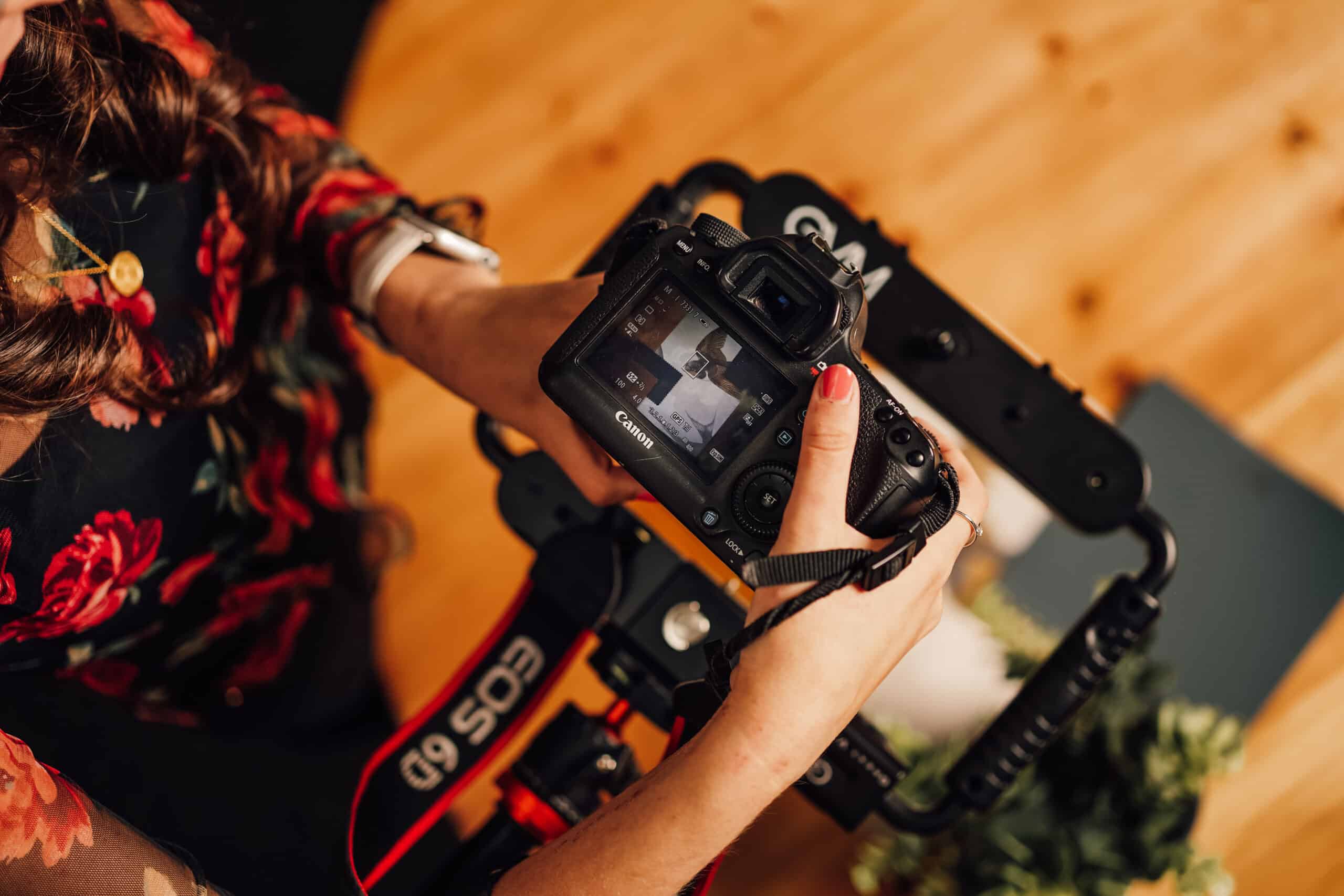We’re taking a peek at the dark underbelly of web design so that you can make sure you aren’t utilising dark UX tactics to the detriment of your carefully curated brand image.
There’s a big difference between encouraging your site visitors to take an action (like making a purchase or signing up to a mailing list) and dishonestly manipulating them into doing so. That difference is called ‘dark UX’.
‘UX’ is developer code for ‘user experience’ – the core value at the heart of any successful web design strategy. UX considers how a person will navigate and use a site, so that it can be specifically engineered to give them the best possible experience. Dark UX subverts this knowledge of user behaviour to unfairly push people towards conversions that they may not want to make.
Confusing phrasing
Your webpages should be cleanly laid out and content should be clear and to the point. Avoid huge chunks of information that can overwhelm your customers; tuck lengthy privacy policies and legal jargon away on their own page, so they can be found if needed.
Confusing phrasing is a common dark UX tactic used to trick people into inadvertently signing up for things, for example ‘Select NO if you DO want to receive marketing updates from us.’
Similarly, checkboxes being automatically ticked is another example of this, as customers then must go out of their way to untick them to opt out, or may not notice. It might seem like a small detail, but this sort of UX design is deliberately misleading and can irritate your customers, sewing distrust – whether consciously or subconsciously – in their perception of your business.
Moreover, if you’ve tricked someone into signing up to your mailing list, chances are they’ll just be annoyed when you slide into their inbox with your marketing material, and you’ve lost a potential customer.
The guilt-trip
You’ve probably spotted this tactic on loads of sites. Specific wording and design are used to try and shame you into taking an action. For example, if the question is ‘Do you want to sign up for our free yoga course today?’ the answers may be: ‘Yes please!’, and ‘No, I’m happy being unfit.’ This can often come across as intended to be cheeky, not malicious, but it is creating a negative experience for your user all the same and should be avoided.
Hidden costs
Dark UX is often utilised to disguise fees as well, a common example of this is automatic charges at the end of a free trial or subscription, that aren’t clearly disclosed at the start of the conversion. Springing extra costs on customers at the end of a checkout process is also a form of this and is a pernicious tactic designed to trick customers out of money at the last minute, or without them even noticing.
So…
Now that you’re armed with knowledge of dark UX, you can ensure that you aren’t utilising any of these practises on your own website, as well as being mindful of them yourself as an internet user. At MacMartin we’re experts in intuitive, seamless website design built around an in-depth understanding of your customers and their desired experience on your site. Contact our friendly team today to discuss how we could build your perfect website or refresh your current one.










